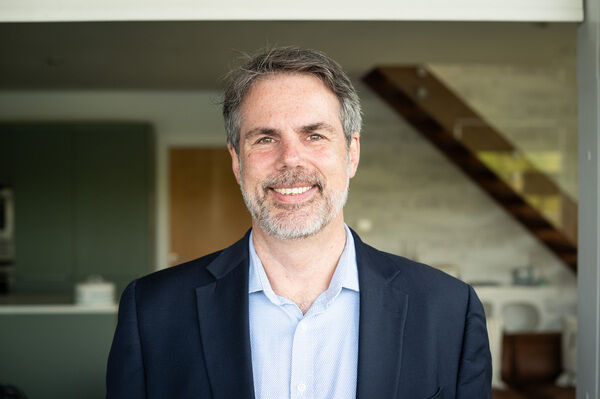Why courage matters to organisations – implementing change programs.
by Guy EllisI’ve just spent the last few days as a guest at the HRO Today Forum conference in London (thanks Faye http://www.hrosummits.com/hrosummiteu/index.php) where we ran a game that got delegates up out of their seats and talking to each other about the key issues facing them. A very successful session and, from the feedback I got, a successful three days.
What was interesting was that those discussions and the discussions at the bar later that night centred on how organizations make their ‘big ideas’ work.
What was clear was that there were lots of really good ideas for fixing the many issues the organizations have and that for some organizations, they were on their way to cracking the ‘implementation’ conundrum.
The implementation conundrum recognises that the right solution for the organization may not be beneficial for all employees. Employees therefore have to make a conscious (or often an unconscious) decision based on the benefits of the solution to themselves and the organization. Where there is a perception that they are taking unfair risks, many employees will simply not actively participate.
This is often known as the WIIFM question (‘what’s in it for me?’).
Where solutions are complex e.g. multi-group, or require behaviour change e.g. new roles, or where the outcome is uncertain e.g. transformational, employees are more likely to over-estimate the risks to themselves and underestimate the benefits to the organization.
Organizations that successfully implement such solutions often do so because they are able to tap into the courage of their employees. The tactics of successfully implementing large change programmes will be very familiar to readers of this blog;
1) Identify a unifying purpose that transcends the individual. Where employees recognise the greater needs of the group and can identify with them, they are more willing to risk personal hardship. As part of this process, many successful change programs allow individuals to better understand themselves and their own needs so they can better relate to the organizational requirements.
2) Provide an understanding the wider context to ensure that employees can better assess the impacts to not only their immediate and direct situation but to both the long term options and the organization as a whole. Management often forget that they have greater access to the ‘big picture’ and that some decisions can seem arbitrary without understanding the wider context.
3) Provide meaningful information and the opportunity to discuss its implications. Information is critical to allowing courage to flourish – the more that the potential consequences (positive and negative) are understood, including the option of ‘doing nothing’, the more that employees will be willing to take risks.
4) Creating support networks to ensure that employees have a chance to discuss their concerns as their situations change. It is not enough to only provide information at the beginning of the process but to recognise that as any change program progresses, different questions will be raised. A lot of research into workplace courage shows that wider support is critical to staying committed.
It takes courage for many individuals to step into the unknown and embrace change. Using courage enhancing tactics, organizations can make that step smaller.

